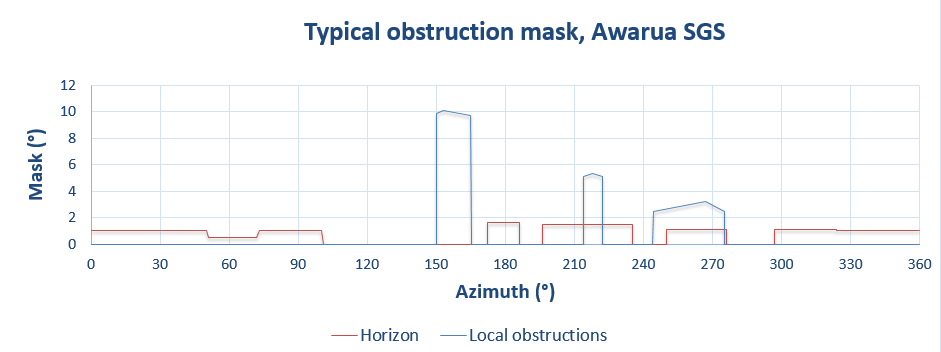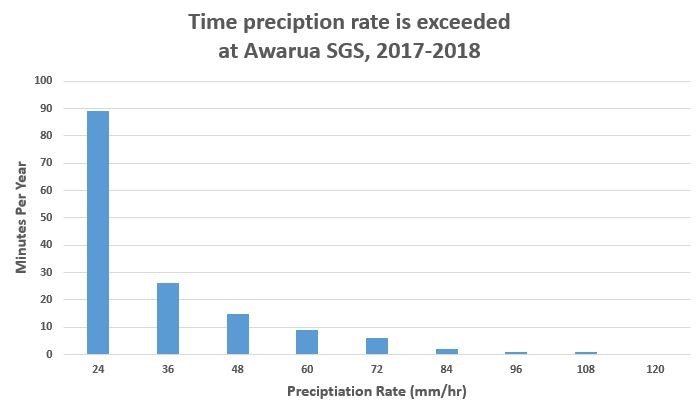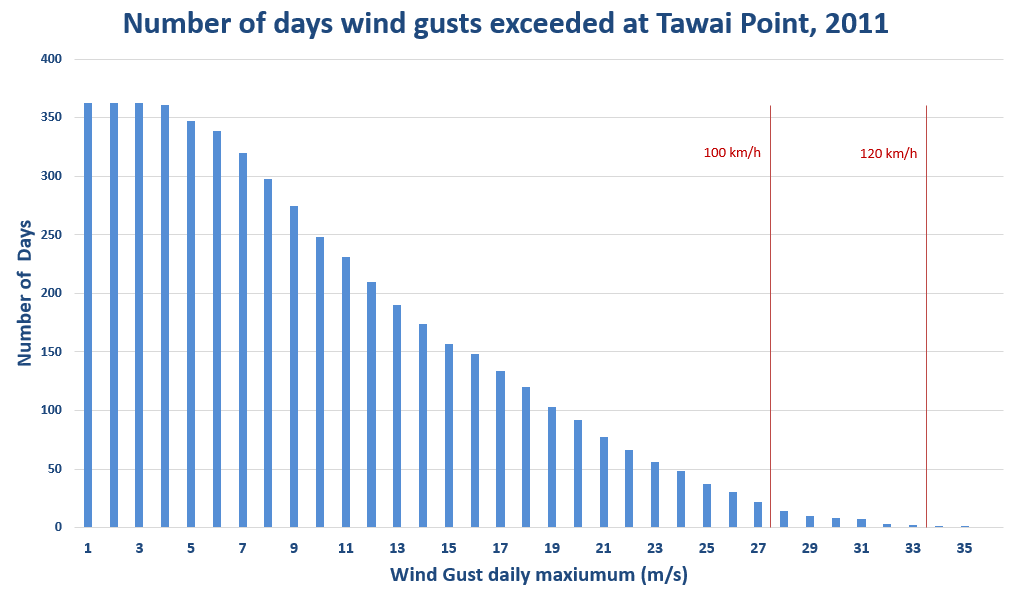
Located at the south-east corner of Asia-Pacific, 11 kilometres from the city of Invercargill, Awarua has been famous since 1913 when a maritime radio station was built there. Now it serves the space sector, being an ideal location for GEO, MEO and LEO ground stations.
Built in 2008 with CNES to support ESA’s Ariane 5 ATV launch campaigns, Awarua now also hosts antennas for all the big players in the small-sat world.
Awarua is bounded by the extensive Ramsar recognized Waituna Wetlands to the south and east; Foveaux Straight and the Tasman Sea is a short distance to the west; and pastoral farms lie to the north where the population density is approximately 1.5 people per square kilometre. Beyond the wetlands are Bluff Harbour and the Southern Ocean: the next landfall is Antarctica.
Road, air and sea transport are conveniently close and the Awarua station enjoys reliable high-speed fibre-optic cable connectivity to the rest of the world.

SCALABLE
You can establish your own permanent antennas and equipment, or use existing facilities. The horizon profile for all sites is less than 2.5° elevation and in most directions is less than 1.5° elevation.
The existing land-use consent allows for erection of antennas up to 11 metres. Larger antennas can be accommodated.
TELECOMMUNICATIONS
A fibre-optic cable links Awarua to Invercargill, from where route-diverse fibre-optic cables connect to the rest of the world via three submarine cables. Circuits with speeds up to 100 Gbps can be ordered. For complete reliability, a digital microwave backup link connects Awarua to Invercargill.
Use your own ISP, or take advantage of one of the local service providers who understand ground station requirements.
RADIO SPECTRUM
Radio transmitting licences must be held by a New Zealand entity for compliance purposes. SpaceOps NZ will obtain and hold your licence for you. Most licence applications can be secured within a few weeks. The low population density means that the noise floor is low and managing the radio spectrum is straightforward.
New Zealand is in ITU Region 3.
UTILITIES
New Zealand electricity supply is 50Hz: 240 Vac single-phase, 415 Vac three-phase. The mains electricity supply is backed-up by an UPS and automatic fail-over engine-alternator set.
CLIMATE
Awarua has a coastal temperate climate.
Mean wind speed: 18 km/hr (5 ms-1). Gust days > 93 km/hr (26 ms-1): < 17 days per year
10 minute Rainfall Intensity
|
Precipitation (mm) |
Return Period (years) |
|
5 |
2 |
|
6 |
5 |
|
7 |
10 |
|
8 |
20 |
|
10 |
50 |
Temperature range
|
|
January |
July |
|
Mean maximum |
18.6 ˚C |
9.5 ˚C |
|
Mean minimum |
9.4 ˚C |
0.9 ˚C |
Maximum: 32.3 ˚C Minimum: -9.0 ˚C

